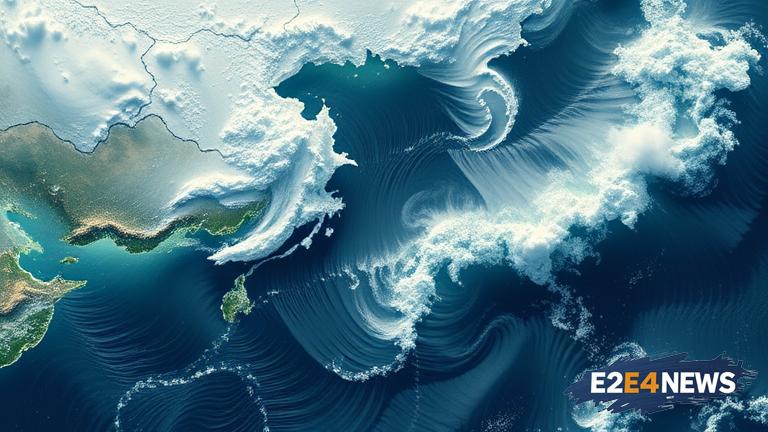A massive 8.8 magnitude earthquake struck off the coast of Russia’s Far East on Wednesday, triggering tsunami waves that reached as far as Japan, Hawaii, and California. The earthquake, which was initially reported as a 7.8 magnitude quake, was later upgraded to 8.8 magnitude by the United States Geological Survey (USGS). The epicenter of the earthquake was located approximately 950 kilometers east of the Russian city of Petropavlovsk-Kamchatsky, at a depth of about 17 kilometers. The earthquake struck at around 5:30 pm local time, causing widespread panic and prompting evacuations in coastal areas. Tsunami waves were reported to have reached Japan, with waves of up to 1 meter high recorded in some areas. Hawaii and California also reported tsunami waves, although they were relatively small. The Pacific Tsunami Warning Center (PTWC) issued a tsunami warning for several countries in the Pacific, including Japan, Russia, and the United States. The warning was later downgraded to a watch, but not before thousands of people had been evacuated from coastal areas. The earthquake was felt as far away as Alaska and Canada, with reports of minor damage and injuries. The Russian Emergency Situations Ministry reported that several buildings had been damaged in the Kamchatka region, but there were no immediate reports of fatalities. The earthquake was caused by a sudden movement in the Earth’s crust, which released a massive amount of energy and triggered the tsunami waves. The USGS reported that the earthquake was a type of ‘megathrust’ earthquake, which occurs when one tectonic plate is forced beneath another. This type of earthquake is capable of producing large tsunami waves, as seen in this case. The earthquake and subsequent tsunami waves have raised concerns about the potential for damage and loss of life in the affected areas. The Russian government has dispatched emergency responders to the affected areas, and international aid efforts are underway. The earthquake has also highlighted the importance of tsunami early warning systems, which can provide critical minutes or hours of warning to people in the affected areas. In Japan, the earthquake and tsunami waves have caused disruptions to transportation and daily life, with many people evacuated from coastal areas. The Japanese government has activated its emergency response systems, and the country’s military has been deployed to assist with evacuations and relief efforts. In Hawaii and California, the tsunami waves were relatively small, but still caused disruptions to coastal areas and prompted evacuations. The earthquake has also raised concerns about the potential for future earthquakes and tsunamis in the region, and the need for continued investment in earthquake and tsunami preparedness and mitigation efforts. The international community is closely monitoring the situation, and offering assistance to the affected countries. The earthquake and tsunami waves have also had an impact on global markets, with stocks and commodities affected by the news. The full extent of the damage and loss of life is still unknown, but it is clear that the earthquake and tsunami waves have had a significant impact on the affected areas. As the situation continues to unfold, it is likely that there will be further updates and developments in the coming days and weeks.
